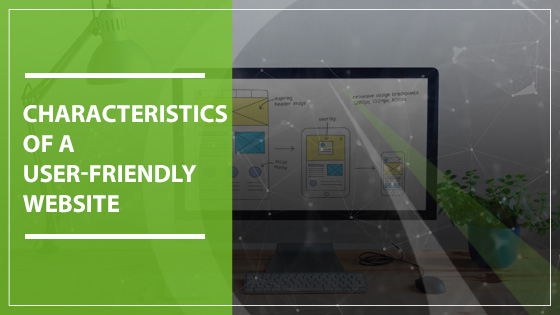Most business owners know that they need to have their businesses appear in Google search results, but how can you make that happen and ensure a favorable ranking? A multi-faceted strategy is generally the best way to get lasting SEO results. One of the many ways to boost your ranking is by having an internal linking strategy. What is internal linking, and how does it impact your SEO?
What Are Internal Links?
There are two types of links that can be present on your website: internal links and external links. External links are those that lead someone from your website to another place on the internet. Internal links are ones that move from one page on your website to another page on your website. These links do not just make it easier for you to guide people through your website; they also help to increase your search engine ranking. Internal links can be incorporated into blog posts to take the reader to relevant pages on your website. You can also use them in your header to help with navigation.
Why Does Internal Linking Matter for Google?
Google uses a variety of tools to determine whether websites are providing a good service to visitors. There are many ways that Google determines what makes a website more valuable than a similar website. For example, if users spend a long time on your blog post, Google is more likely to think that it offers value than if they almost immediately navigate away. A high number of good quality internal links also makes Google think that you are creating helpful content.
Additionally, Google uses links to go through every website that its bots crawl. Initially, the bot will visit your homepage and start going to the links that you present. If these links are dead or not working, it will ding your reputation. If these links are working and redirect to helpful and relevant information on your website, that’s a good thing.
What Is an Internal Linking Strategy?
You need to think critically about where links will be helpful and how you can organically weave them into your copy. Developing an internal linking strategy will allow you to update existing pages on your website and have best practices as you add new websites and blogs.
How to Create an Internal Linking Strategy
Think About Structure
Before you start determining what links to place, you should think about the natural structure and flow of your website. Your homepage is often the first place that people end up, so where can they go from there? Your website should follow a logical structure that seamlessly moves from page to page. For example, if you are a plumber who offers drain cleaning services, your customers might first visit your homepage before clicking on a Services page and a Drain Cleaning page. While it will take them three steps to get to their destination, each of the three steps makes perfect sense and is easy and intuitive.

Know What Matters
Next, you need to consider what the most important and valuable content on your website is. What pages are the most popular? Where do you see that people spend the most time? While you know that this page of your website is essential to most visitors, Google has no way of knowing that unless you tell them. One way to tell Google is by adding internal links to that page.
Give Context to Information
Another way to integrate more information and internal links into your website is by adding links that provide context to your copy. Using the plumber example above, it might be relevant to link to a toilet repair page on your website when discussing clog removal in pipes. This helps readers find more information on your website and prevents them from going elsewhere.
Add Navigational Links
Sometimes readers want a way to quickly get back to the home page or go elsewhere without reading through copy or scrolling to the bottom to find relevant links. Make sure every page has navigational links at the top so that your website can easily be navigated.
Display Popular or Relevant Posts
Popular posts are popular for a reason, and linking to them on other blogs and site pages is a good way to boost internal linking and continue to drive traffic there. If you don’t have specific posts that you want to use, you can also use a variety of plug-ins and tools to display relevant posts. These links are still valuable and will help visitors find other content that might meet their needs.
The Benefits of Internal Linking
- Users will be able to find the content they are looking for faster and easier, which ensures a better experience.
- Internal links can lower your site’s bounce rate by keeping users on your website for a longer period of time.
- Internal links let Google’s bots get an idea of what your website contains and how it moves from page to page, which also means that your whole site will be properly indexed and displayed in search engine results.
- Proper internal linking improves the engagement metrics throughout your website.
- Internal links that are placed well and that help the user to find what they are looking for will increase conversion rates.
- Improve link equity throughout your website to improve authority.
We Are Here to Help Grow Your Business Online and Through SEO
Working with a professional digital marketing company is the best way to make the most of your website and all that Facebook Pixel, LinkedIn ads, Google Analytics and other digital advertising platforms have to offer. To learn more about the best digital marketing strategies for your company and reach a bigger audience than ever before, work with Gauge Digital Media. For a quote or to schedule a call, contact us at (443) 376-7709.






